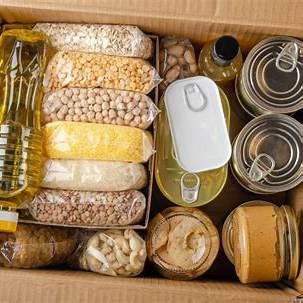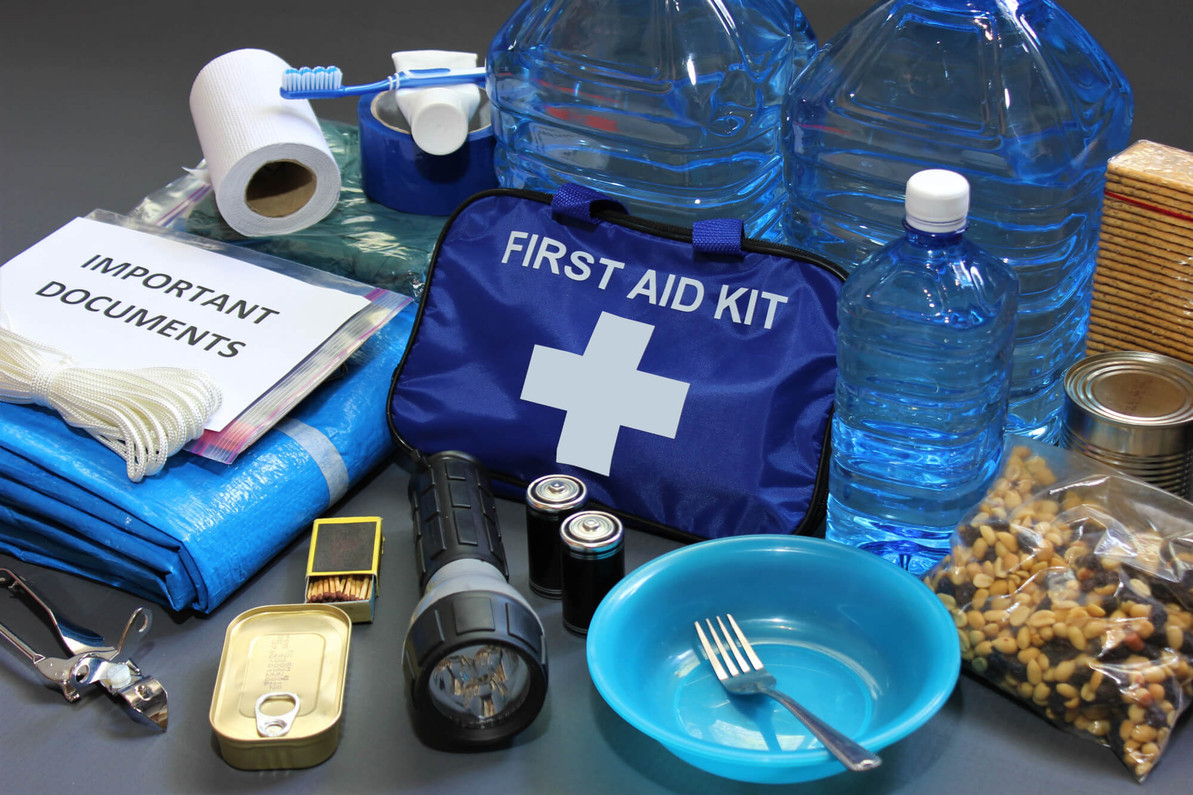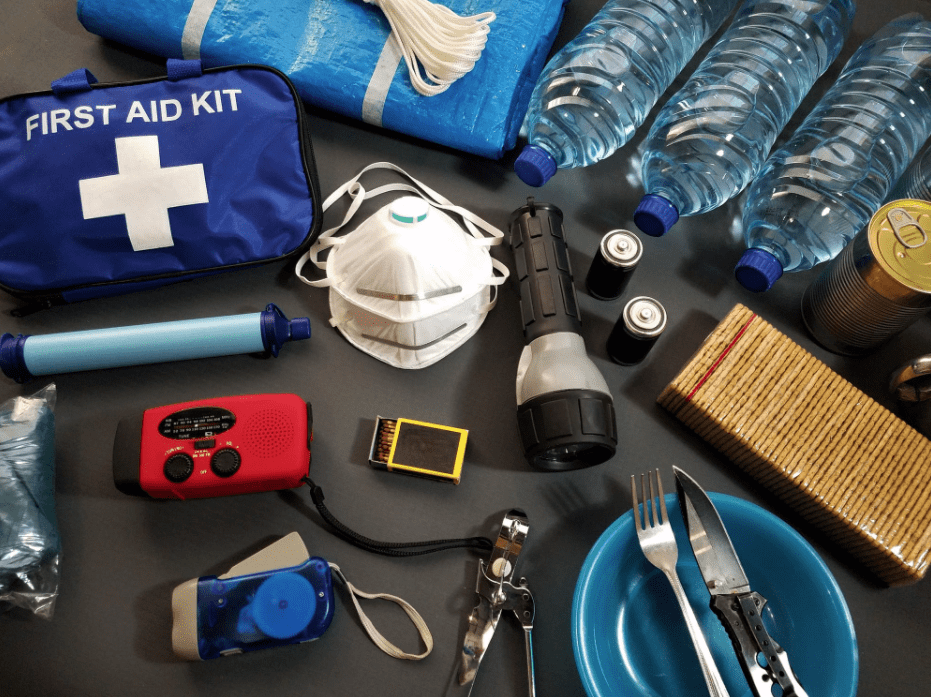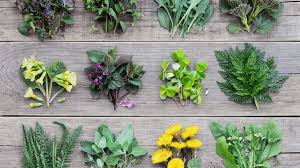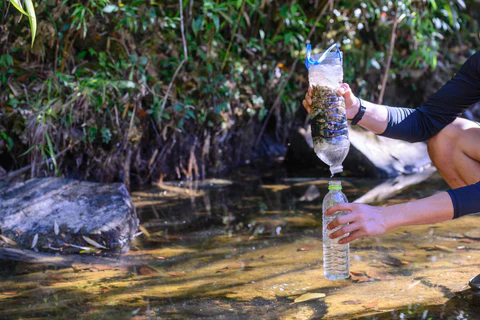Feeling secure in your own home is fundamental. During a crisis, whether it’s civil unrest, a natural disaster aftermath, or another emergency that disrupts normal services, that feeling of security can be challenged. Thinking about defending your home is a serious matter. It’s not about anticipating specific threats but about having a plan and taking practical steps beforehand to increase your safety and deter potential problems. I realized the importance of thinking through these possibilities not to live in fear, but to feel empowered by preparation.
Defending your home in a crisis involves layers: making your home a less appealing target, making it harder to enter, having a place to go inside, and knowing your options if faced with a direct threat. This is a how-to guide focused on the steps you can take to prepare.
Important Note: Laws regarding self-defense, the use of force, and owning defensive tools vary significantly depending on your location. It is your responsibility to know and follow the laws where you live. This article provides general information on preparedness; it is not legal advice.
Step 1: Assess Your Home’s Vulnerabilities
Walk around your property, both inside and out. Think like someone trying to get in who shouldn’t be there.
- Entry Points: Look at all doors (front, back, side, garage) and windows (ground floor, basement, even accessible upper floors). Are they solid? Are the locks secure? Are hinges exposed?
- Visibility: Are there places where someone could approach unseen (bushes, fences)? Are there hidden spots around doors or windows?
- Lighting: Are entry points well-lit at night? Are there dark areas around your property?
How to Assess: Grab a notepad and walk around your house. Jot down every door and window. Note the type of lock, frame, and any nearby hiding spots. Do this during the day and again at night to check lighting.
Step 2: Harden Your Entry Points
Make it physically harder for someone to break in. This is your first layer of defense.
- Doors:
- Install solid core or metal doors, not hollow ones.
- Use high-quality deadbolt locks with a throw of at least one inch.
- Reinforce door frames and strike plates with longer, stronger screws that go into the wall stud.
- Install door reinforcement kits that brace the door or frame.
- Windows:
- Install strong locks on all windows.
- Consider security film on glass to make it harder to break.
- Install bars or grills on accessible windows, especially basement ones.
- Ensure sliding glass doors have a robust lock and consider placing a solid bar in the track.
How to Harden: Prioritize ground-floor and easily accessible windows and doors. You can find reinforcing hardware at most home improvement stores. I started by upgrading my deadbolts and adding longer screws to door frames; it felt like a solid first step.
Step 3: Enhance Deterrence
Make your home look like a difficult target. Most intruders prefer an easy one.
- Lighting: Install motion-sensor lights covering all entry points and dark areas of your yard. Keep outdoor lights on at night.
- Alarms: Install a security alarm system. Even a loud siren can scare someone off. Display security signs and stickers.
- Visibility: Trim bushes and trees that could provide cover near windows and doors. Ensure clear lines of sight.
- Fences/Gates: Install fences and locked gates to make access more difficult.
How to Deter: Start with lighting; it’s relatively inexpensive and effective. Ensure alarm systems are functional and visible. Regularly trim landscaping.
Step 4: Develop a Family Plan
Everyone in your household should know what to do. Practice the plan.
- Communication: How will you contact each other if separated? Have a plan B if cell service is down (e.g., a designated meeting spot outside the home if safe, or a contact person out of the area).
- Safe Room: Designate a safe room inside your home. This should be a room with minimal windows, a solid door, and preferably located centrally.
- Meeting Point: Know exactly where everyone should go inside the house if there’s a threat (the safe room).
How to Plan: Sit down with everyone living in the home. Discuss potential scenarios calmly. Walk through the plan: “If we hear a loud noise at the door, we all go quickly and quietly to [Safe Room Location].” Practice getting to the safe room.
Step 5: Prepare a Safe Room
This is your fallback location if someone breaches the outer layers of your home’s security.
- Location: Choose a room with a solid door, preferably not easily accessible from outside.
- Reinforce: Consider reinforcing the safe room door and frame.
- Stock: Keep essential supplies in the safe room:
- A way to communicate (fully charged cell phone, maybe a landline if functional, a whistle).
- A first-aid kit.
- Water and some non-perishable snacks.
- Flashlights.
- Any necessary medications.
- A means of defense (see Step 6 – stored securely and legally).
How to Prepare: Select the room. Make it as secure as possible. Gather the supplies and store them neatly inside. Ensure everyone knows where it is and what’s inside.
Step 6: Consider Defense Tools (Legal & Responsible Use Only)
Having a means to defend yourself and your family is a personal decision, but it must be approached legally and responsibly. Deterrence and hardening are your first lines; tools are for when those fail and you face an immediate threat.
- Non-Lethal Options: These can deter or incapacitate without causing permanent harm. Examples include:
- Loud personal alarms.
- Pepper spray or gel (check legality and learn how to use it safely – wind can be a factor).
- Lethal Options (Extreme Last Resort): Firearms are the most common, but their use carries immense legal and moral responsibility.
- Legality: You must legally own and possess any firearm. Know the laws about when and where you can legally use force, including deadly force, in self-defense in your specific location. This varies dramatically by state and country.
- Training: Proper training in safe handling, storage, and when to use a firearm is essential. This is not something to figure out during a crisis.
- Safe Storage: Firearms must be stored securely (locked, unloaded, ammunition separate) especially if children are in the home.
- Decision: The decision to use lethal force is grave and should only be considered as an absolute last resort when you or others face an imminent threat of death or serious bodily harm, and all other options for de-escalation or escape are exhausted.
How to Approach Tools: Research what is legal in your area. If considering lethal options, commit to rigorous training and safe storage before a crisis occurs. Focus on non-lethal options first as they can often resolve a situation without the irreversible consequences of lethal force.
Step 7: What to Do During a Crisis Event
If a crisis escalates and your home feels threatened:
- Stay Informed: If possible, monitor local news or emergency broadcasts.
- Gather in the Safe Room: Get everyone to your designated safe room immediately. Lock and barricade the door if possible.
- Call for Help: Contact emergency services (police) as soon as it is safe to do so. Provide your address and explain the situation clearly.
- Implement Your Plan: Use your pre-arranged communication methods if family members are separated.
- Defend as Last Resort: Only if directly confronted with a threat within your home, and if legally permissible, use your chosen defense tools as an absolute last resort to protect life, after calling for help and attempting to secure yourselves. Your primary goal is the safety of everyone inside.
Important Considerations Always:
- Know Your Local Laws: Reiterate this. Laws dictate what you can legally do to defend yourself and your property.
- Practice Your Plan: Rehearse going to the safe room with your family.
- Stay Aware: During a crisis, pay attention to your surroundings and any official instructions.
- Prioritize Life: Property can be replaced; lives cannot. Your primary goal is the safety of yourself and your loved ones.
Preparing your home for defense during a crisis is about creating layers of security and having a clear plan. It’s about being proactive, not reactive. By assessing vulnerabilities, hardening entry points, enhancing deterrence, creating a safe room, and understanding your options (including the serious responsibility that comes with defense tools), you increase your ability to protect your home and keep your family safe. Taking these steps gave me confidence, knowing I had done what I could to prepare for uncertain times.
